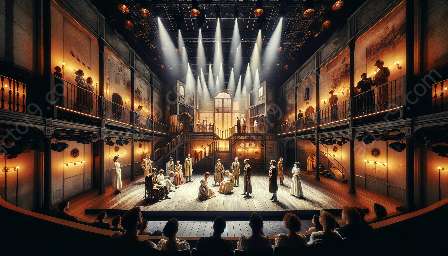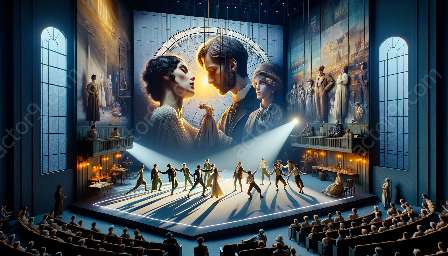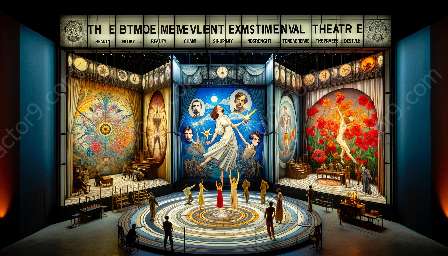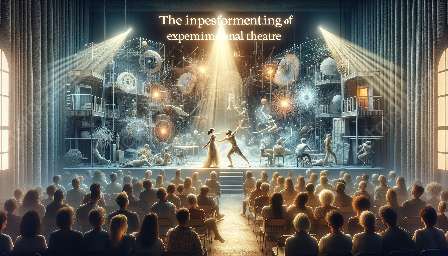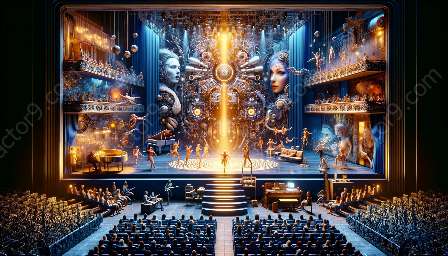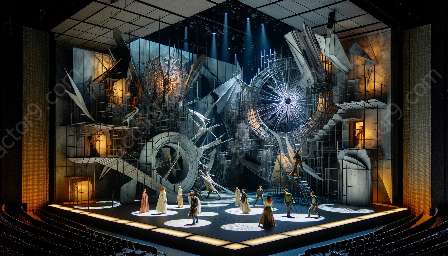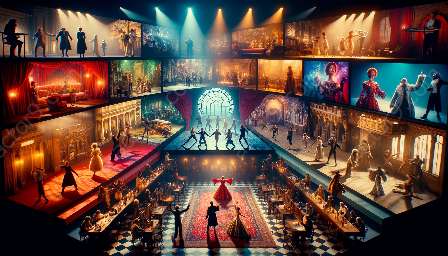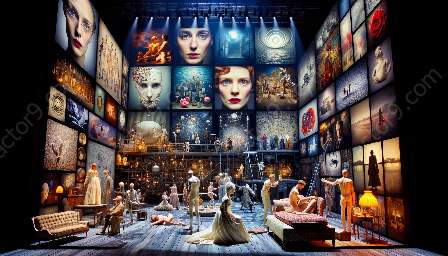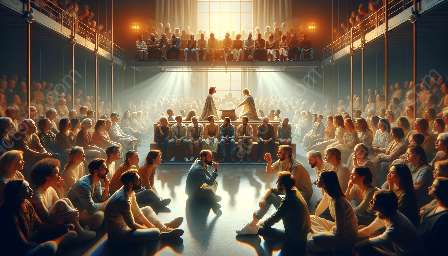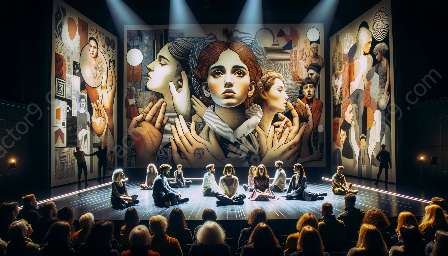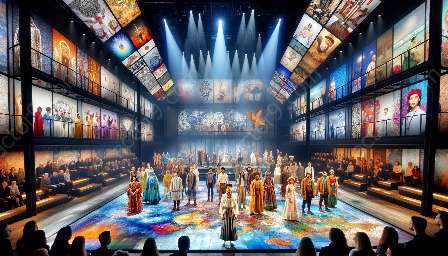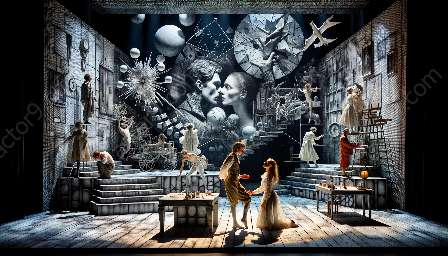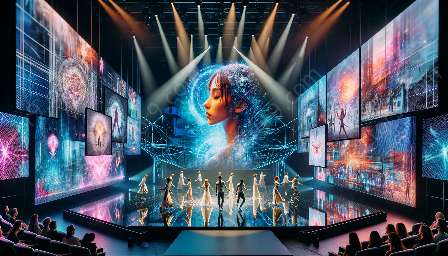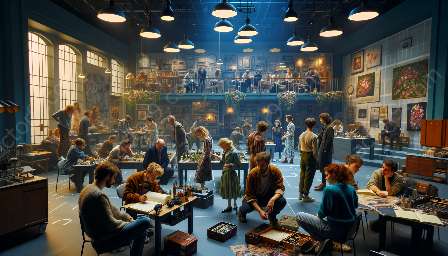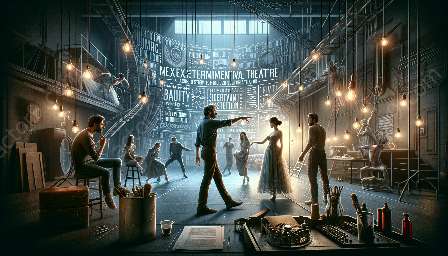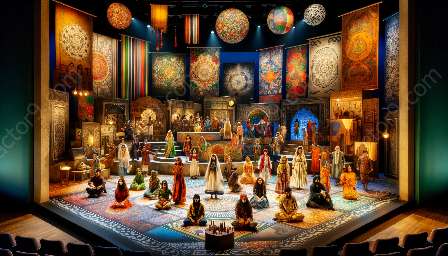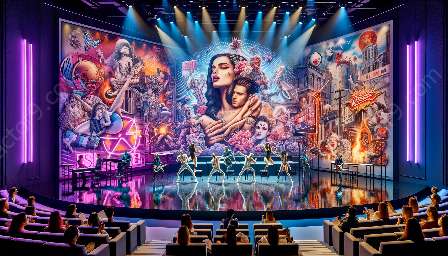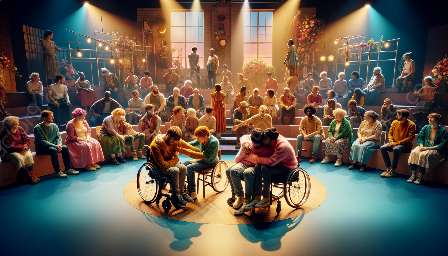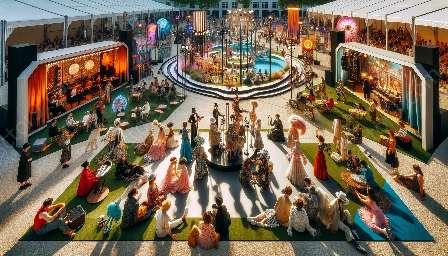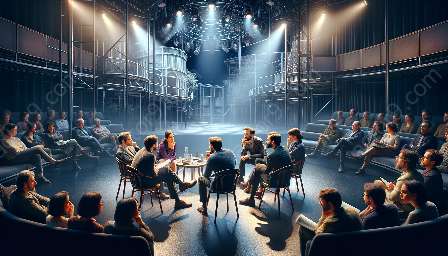This topic cluster delves into the dynamic relationship between space, architecture, and dramaturgy in experimental theatre, drawing from foundational theories and philosophies in this specialized form of theatre.
Understanding the Role of Space and Architecture in Experimental Theatre
Experimental theatre sets itself apart through its bold, boundary-pushing approach to storytelling, inviting an exploration of the interplay between space, architecture, and dramaturgical elements.
Space as a Dramaturgical Element
In experimental theatre, space transcends its traditional role as a backdrop and becomes an active participant in the dramaturgical process. It influences movement, interaction, and audience engagement, giving rise to immersive experiences that challenge conventional perceptions of performance spaces.
Architecture as a Catalyst for Theatrical Expression
The unique architectural features of performance venues or unconventional spaces are thoughtfully integrated into the fabric of experimental theatre. These design elements serve as stimuli for innovative storytelling, amplifying the impact of the narrative through their inherent theatricality.
Theories and Philosophies Shaping Experimental Theatre
Building a robust understanding of space and architecture as dramaturgical elements in experimental theatre requires an exploration of the theoretical underpinnings that drive this genre.
Postdramatic Theatre and Spatial Dynamics
The postdramatic theatre movement, championed by theorists such as Hans-Thies Lehmann, emphasizes the deconstruction of traditional dramatic structures and the redefinition of performance spaces. This framework encourages the synergy between spatial dynamics and the dramaturgical process, offering fertile ground for experimental explorations.
Spatial Semiotics and Theatrical Representation
Engaging with the principles of spatial semiotics and its application to theatrical representation enriches the understanding of space and architecture as signifiers within the theatrical language. This philosophical lens illuminates the significance of spatial configurations and architectural symbolism in shaping the narrative in experimental theatre.
Critical Analysis and Case Studies
By critically analyzing noteworthy productions and avant-garde performances, this topic cluster aims to exemplify the practical application of integrating space and architecture as dramaturgical elements in experimental theatre. Case studies will spotlight how innovative directors and designers harness spatial and architectural elements to imbue performances with profound artistic meaning.
Blurring Boundaries: Fluid Interpretation of Space
An examination of performances that defy conventional spatial boundaries offers insights into how experimental theatre blurs the lines between performer and spectator, fostering an environment where architecture becomes a malleable tool for narrative subversion.
Site-Specific Installations and Environmental Dramaturgy
Exploring the entwined relationship between site-specific installations and environmental dramaturgy sheds light on the transformative power of space and architecture in shaping experiential storytelling within the realm of experimental theatre.
Conclusion
Space and architecture serve as potent dramaturgical elements in the realm of experimental theatre, engendering narratives where the physical environment becomes an active participant in the storytelling process. By embracing theories and philosophies that underpin experimental theatre and delving into practical applications through case studies, this topic cluster illuminates the pivotal role of space and architecture in shaping the avant-garde landscape of contemporary theatrical expression.

